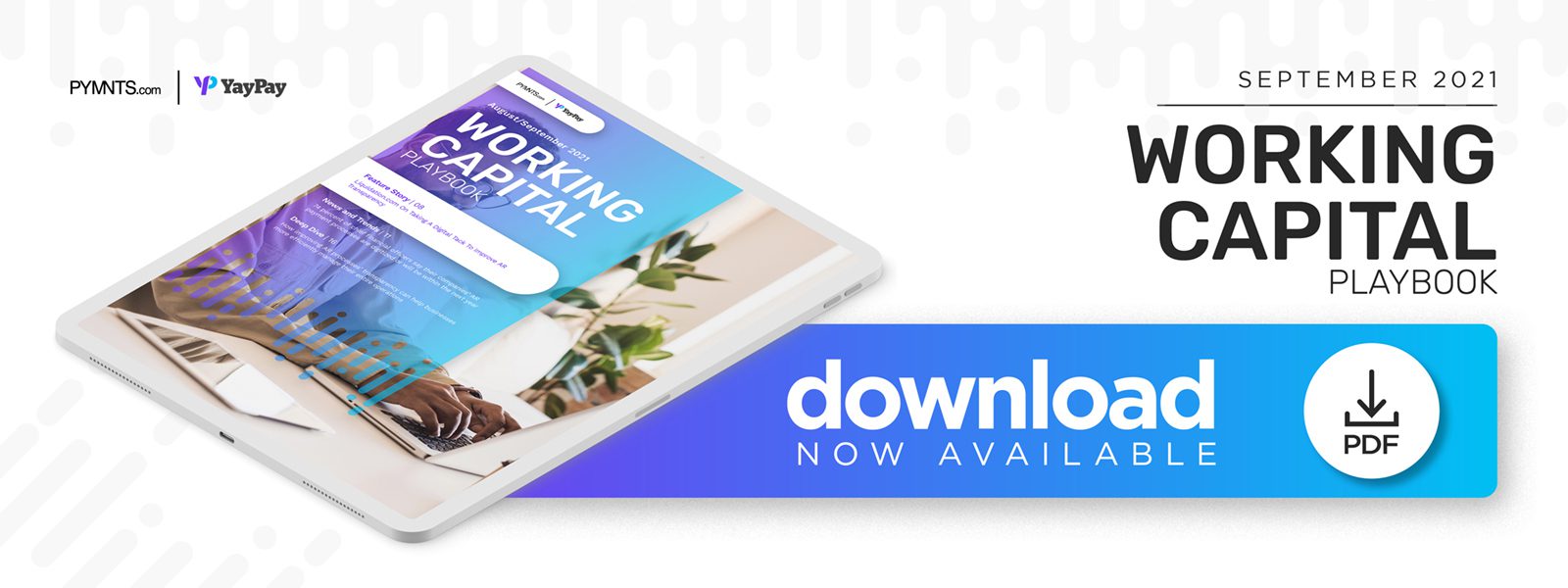Liquidation.com on Taking a Digital Tack to Improve AR Transparency

Opaque accounts receivable (AR) processes mask errors, cause delays and lead to devastating cash flow issues for firms. In PYMNTS’ new Working Capital Playbook, Jeff Rechtzigel, vice president and general manager for the retail division at Liquidation.com, explains how digital payments and detailed invoices can keep AR cranking.
Accurate, timely and seamless accounts receivable (AR) processes are the lifeblood of any business.
Large amounts of dollars flow between corporate accounts every day, and corporations must account for every cent. Errors and delayed payments can have massive downstream ramifications, and key processes such as payroll and vendor payments all suffer when money is not where it should be at a certain time.
Leveraging transparent AR procedures is one way to avoid these AR and accounting mishaps, but doing so is far easier said than done. One business familiar with the importance of accounting transparency is Liquidation.com, a B2B auction marketplace owned by Liquidity Services that facilitates purchases between business supply sellers and buyers.
“We’re facilitating the transaction with the buyer on behalf of the seller by vetting the buyer, collecting payment and then coordinating logistics with the seller so that the transaction is executed smoothly,” said Jeff Rechtzigel, vice president and general manager for Liquidity Services’ retail division. “It’s important to create a transparent process that both sides can trust.”
Rechtzigel spoke with PYMNTS about the challenges inherent in creating transparent AR and accounting procedures and explained how the business works to avoid these complications by making transactions as clear as possible.
Why AR Transparency Can Be Challenging
Accounting transparency is important for numerous reasons, including accurate troubleshooting for glitches, supporting timely pay periods and guaranteeing that companies have cash on hand for any issues that could emerge. Rechtzigel said there is another, less tangible reason that transparency is a goal for which companies should strive: fostering trust with business partners.
“We want our sellers to be confident that they’re going to receive payment for their goods … in a timely manner,” he said. “And we want our buyers to be confident that they’re going to secure the volume and type of inventory that they’ve paid for. It’s a transparent process that both sides can trust.”
Opaque AR processes can devastate firms. A lack of AR clarity could lead to delayed payments, missing money or many other issues that can cause lost trust, payroll delays or late payments.
“For the seller, this is all about converting their assets to cash,” Rechtzigel said. “And if that process is delayed, it inhibits their ability to turn that cash into capital investment. Our role is to facilitate a fast transaction between the buyer purchasing the product and making payments [and] the seller shipping the products, and then [getting the payment] back to the seller.”
Maintaining transparent AR processes is key to avoiding negative outcomes, and Rechtzigel said Liquidation.com has found that open communication is necessary to facilitate such processes.
Achieving Transparent AR Processes
The linchpin to accounting transparency is making sure that buyers and sellers are constantly kept informed with detailed invoices and receipts. A healthy information flow ensures that everyone in the transaction process, including in-house account staff, are on the same page, reducing the risk of disastrous errors.
“Buying customers are provided detailed invoices that include their transaction amounts, shipping costs and any taxes,” Rechtzigel said. “Our sellers can then see their settlement information through software that we provide to support transparency in the process.”
Digital payment methods also greatly encourage AR transparency, as these transactions are completed in a fraction of the time it takes paper checks to clear. This removes ambiguity as to when and how payments will be fulfilled.
“Digital transactions are faster because they’re not reliant on physical mail or the delivery of paper checks,” said Rechtzigel. “We offer our clients both types of solutions and encourage them to use digital payment methods because [they are] faster and more efficient.”
The best way to achieve AR transparency in the long term is a complete shift to digital payments, but a minority of accounting departments nationwide use them still. Reconciliation software can help ease AR challenges in the meantime, but companies that do not embrace electronic payment methods will continue to face the risks of inaccurate payments, delays and other consequences of accounting opacity.

